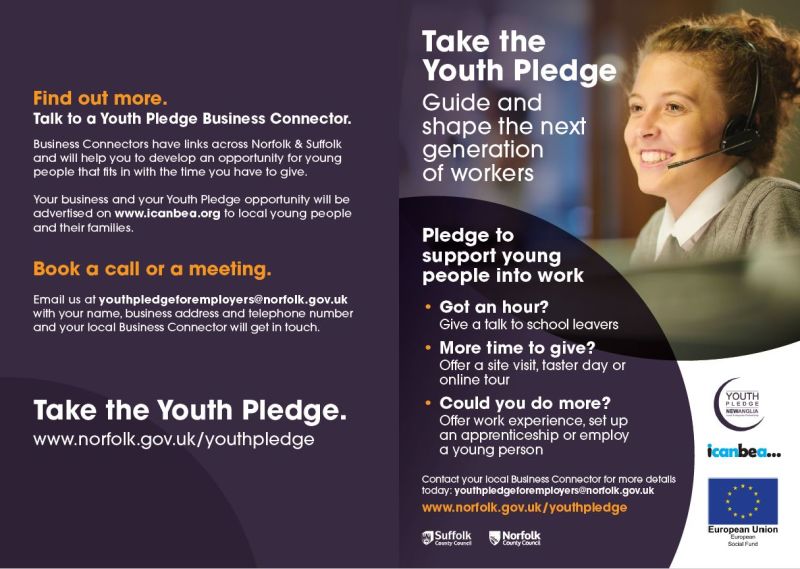The Sounding Board – voices of experience
With Richard Ross

The Sounding Board
Making big decisions better
The Sounding Board is a group of entrepreneurs, professional advisors and generally nice people who love the challenge of running businesses and are happy to volunteer their time to try and help. We want to share that knowledge and experience we have of running organisations in order help others with theirs… and raise some money for charity along the way.
What do we do?
- Each quarter we run an informal programme of 6 x 1-2 hours meetings, where 2 relevant Sounding Board members meet with you to provide; guidance, advice, insight, experience, support & generally act as a sounding board, to help you achieve your goals.
- After being accepted we match you up with 2 x Sounding Board members with relevant experience and skills to meet with you over the 12-week period.
Why do we do it?
- Our experience to date leads us to think that we can help almost every business that is willing to be open about their goals, challenges and invest some time in talking them through and listening.
- We enjoy helping, want to give a little back to both business and good causes.
Who is it for?
- All businesses great and small who aspire to improve.
- Businesses that are struggling with:
- Growth (too much as well as not enough)
- Strategic direction and planning
- Shareholder planning (planning for exit, succession planning, …)
- Stress or a specific crisis
- …… or any business issue/problem/thinking you want the share. These are driven by you.
Who is it not for?
- People who are not willing to commit and invest the time.
- Please do take this point seriously. We invest our time and energy free of charge into this process and there are a limited number of spaces.
- Accepting a space and then not participating (without a good reason) will make you a bad person.
How do you get accepted?
- Just email Angela with a brief outline of who you are, your business, approximate scale of the business and a brief outline of some of the challenges you are facing.
How much does it cost?
- Not a lot!
- It will cost you time – we aim for a minimum of 6 meetings of circa 2 hours over the 12-week period but often provide more.
- We ask for people (their businesses) to commit to paying at least £1000 to our supported charity at the end of the 12 weeks if you feel we have added value.
- We say commit because, if at the end of the 12-week period, you feel you have not received at least £1000 of value, then we will not hold you to it.
- We also do not want the £1000 commitment to be a barrier or another thing adding to the financial worries of your company. If you are struggling, we are happy with an “IOU” to donate when you are enjoying happier times.
Watch the Voices of Experience video here
Home | voices of experience (thesoundingboard.org.uk)
We’d love you to join us online for The Sounding Board Discovery Day
On the 16th September 2021
at 10:00 – 11.30am & 3pm – 4.30pm
Sign up link: The Sounding Board Discovery Day | The Sounding Board
Website: Home (thesoundingboard.org.uk)

















